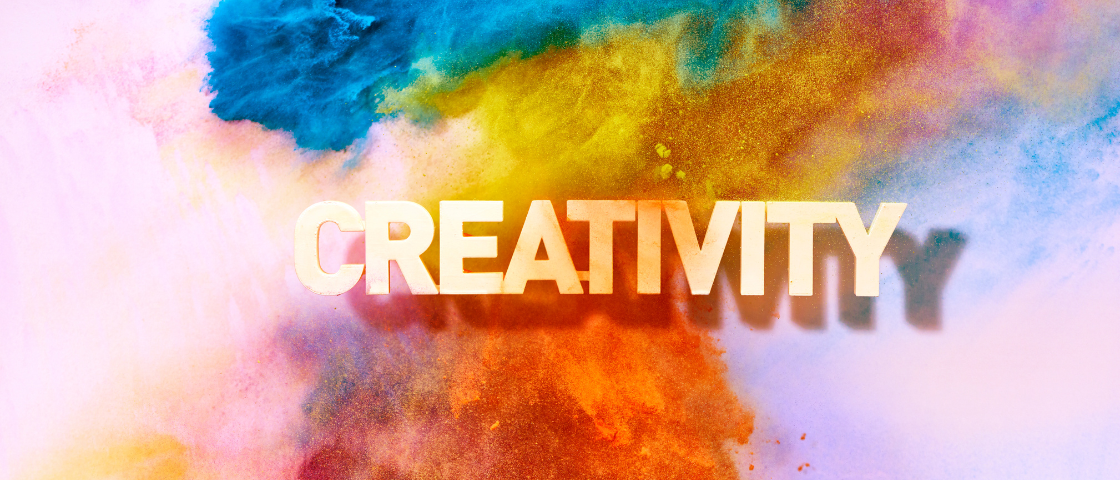Getting Creative With Grief Therapy
There’s been a popular view for some time that creativity can help those who are grieving. The idea is well-established enough to have assumed a mantle of merit approaching conventional wisdom, and a number of research studies bear out the efficacity of creative pursuits as a therapeutic response to loss. Ranging from techniques specific to helping children and adolescents process traumatic grief to the benefits particular to music, there’s evidence substantiating what history has already demonstrated. A growing number of proactive funeral homes have even integrated the practice into their business models by offering programs to their clients.
Potential for personal growth
Creativity of any kind is active self-expression. In a time of emotional turmoil, it may be difficult for mourners even to articulate to themselves the nature and depth of their own response to a loss. Creativity by its very nature facilitates self-expression, which can help identify and process what could be extreme or difficult reactions to a loss, thereby helping one form an understanding of one’s own emotional responses. Such understanding can be instrumental in processing grief.
Robust theories on the scientific nature of the link between creativity and loss explore this connection. The “movement” is rooted in profound beginnings: Elisabeth Kubler-Ross, a relief worker after the second World War, discovered etched upon the walls of the Maidanek concentration camp thousands of butterflies, the work of children. Kubler-Ross called it an astonishing and unexpected message, on multiple levels, and called the experience a catalyst for her work on confrontation with death, to which she devoted herself thereafter.
Apparent contradiction
It may appear counter-intuitive that in a time when cherished individuals are lost to death, it should be natural for attempts to arise rendering the experiences meaningful, and thereby inherently valuable; nevertheless, such seems to be the universal basis toward an attraction to creativity.
It explains a lot, actually – the “suffering artist” phenomenon not least – reducing the trope nearly to the level of basic arithmetic, a nearly predictable instinct like hunger following famine. Where desperation and destruction can more logically be expected, so it happens that their opposite manifest as frequently. From a 2015 study on loss and meaning: “… indeed, suffering and loss may inspire and nourish creativity as much as they threaten to destroy it (Elliott, 1999; Homans, 1989; Kristeva, 1989).“
Easier with a guide
But realizing potential benefits does often require the guidance of an experienced hand, particularly of support therapists familiar with the process.
There’s an integral, dynamic aspect to mourning – where the state of bereavement is a descriptor, the more active component of carrying out directed effort in mourning or grieving entails engagement and work of the part of the bereaved. This is where creativity in therapy comes in.
Further, it is telling that the details of both conditions (the status of bereavement as well as the active elements of mourning, creative and otherwise) are each “socially inflected”, wearing the cultural imprint of the social context of the mourner’s experience. Forms of creativity will vary from place to place, and subculture to subculture… in what seem to be appropriately near-endless forms for the nature of creative expression.
Unexpected benefits
Not to be discounted are the simple benefit of distraction and the joys that can be found in the process of forgetting yourself while engaged in making something. There’s pleasure in the sense of a job well done, however humble: a freshly swept floor, a new recipe, even the process of writing a loved one’s obituary. Focus on a task and its achievement, often with a sense of wanting to do a good job or get it right, can be greatly satisfying in payoff when a task is completed.
Yet another way to personally serve our communities… the opportunities to serve families in their time of need are limited only by imagination.




